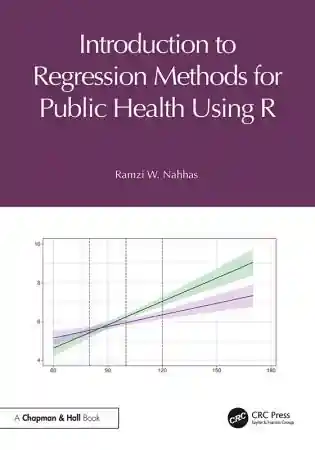
Methods in Social Epidemiology, 2nd Edition
- Length: 600 pages
- Edition: 2
- Language: English
- Publisher: Jossey-Bass
- Publication Date: 2017-03-20
- ISBN-10: 111850559X
- ISBN-13: 9781118505595
- Sales Rank: #890718 (See Top 100 Books)
A thorough, practical reference on the social patterns behind health outcomes
Methods in Social Epidemiology provides students and professionals with a comprehensive reference for studying the social distribution and social determinants of health. Covering the theory, models, and methods used to measure and analyze these phenomena, this book serves as both an introduction to the field and a practical manual for data collection and analysis. This new second edition has been updated to reflect the field’s tremendous growth in recent years, including advancements in statistical modeling and study designs. New chapters delve into genetic methods, structural cofounding, selection bias, network methods, and more, including new discussion on qualitative data collection with disadvantaged populations.
Social epidemiology studies the way society’s innumerable social interactions, both past and present, yields different exposures and health outcomes between individuals within populations. This book provides a thorough, detailed overview of the field, with expert guidance toward the real-world methods that fuel the latest advances.
- Identify, measure, and track health patterns in the population
- Discover how poverty, race, and socioeconomic factors become risk factors for disease
- Learn qualitative data collection techniques and methods of statistical analysis
- Examine up-to-date models, theory, and frameworks in the social epidemiology sphere
As the field continues to evolve, researchers continue to identify new disease-specific risk factors and learn more about how the social system promotes and maintains well-known exposure disparities. New technology in data science and genomics allows for more rigorous investigation and analysis, while the general thinking in the field has become more targeted and attentive to causal inference and core assumptions behind effect identification. It’s an exciting time to be a part of the field, and Methods in Social Epidemiology provides a solid reference for any student, researcher, or faculty in public health.
Table of Contents
Chapter 1: Introduction: Advancing Methods in Social Epidemiology
Part One: Measures and Measurement
Chapter 2: The Measurement of Socioeconomic Status
Chapter 3: Measuring and Analyzing “Race,” Racism, and Racial Discrimination
Chapter 4: Measuring Poverty
Chapter 5: Health Inequalities: Measurement and Decomposition
Chapter 6: A Conceptual Framework for Measuring Segregation and Its Association with Population Outcomes
Chapter 7: Measures of Residential Community Contexts
Part Two: Design and Analysis
Chapter 8: Community-Based Participatory Research: Rationale and Relevance for Social Epidemiology
Chapter 9: Social Network Analysis for Epidemiology
Chapter 10: Fieldwork with In-Depth Interviews: How to Get Strangers in the City to Tell You Their Stories
Chapter 11: Experimental Social Epidemiology: Controlled Community Trials
Chapter 12: Propensity Score Matching for Social Epidemiology
Chapter 13: Longitudinal Approaches to Social Epidemiologic Research
Chapter 14: Fixed Effects and Difference-in-Differences
Chapter 15: Fixed Versus Random Effects Models for Multilevel and Longitudinal Data
Chapter 16: Mediation Analysis in Social Epidemiology
Chapter 17: A Roadmap for Estimating and Interpreting Population Intervention Parameters
Chapter 18: Using Causal Diagrams to Understand Common Problems in Social Epidemiology
Chapter 19: Natural Experiments and Instrumental Variables Analyses in Social Epidemiology







